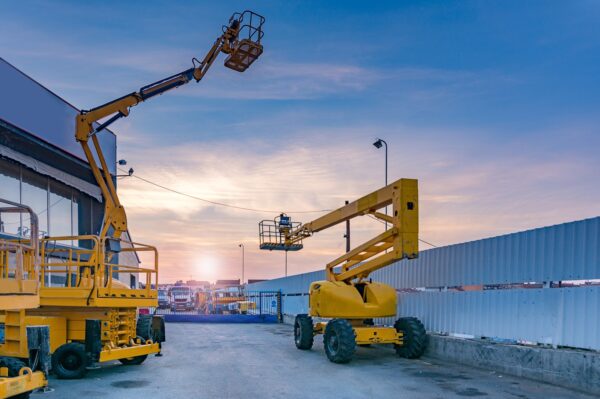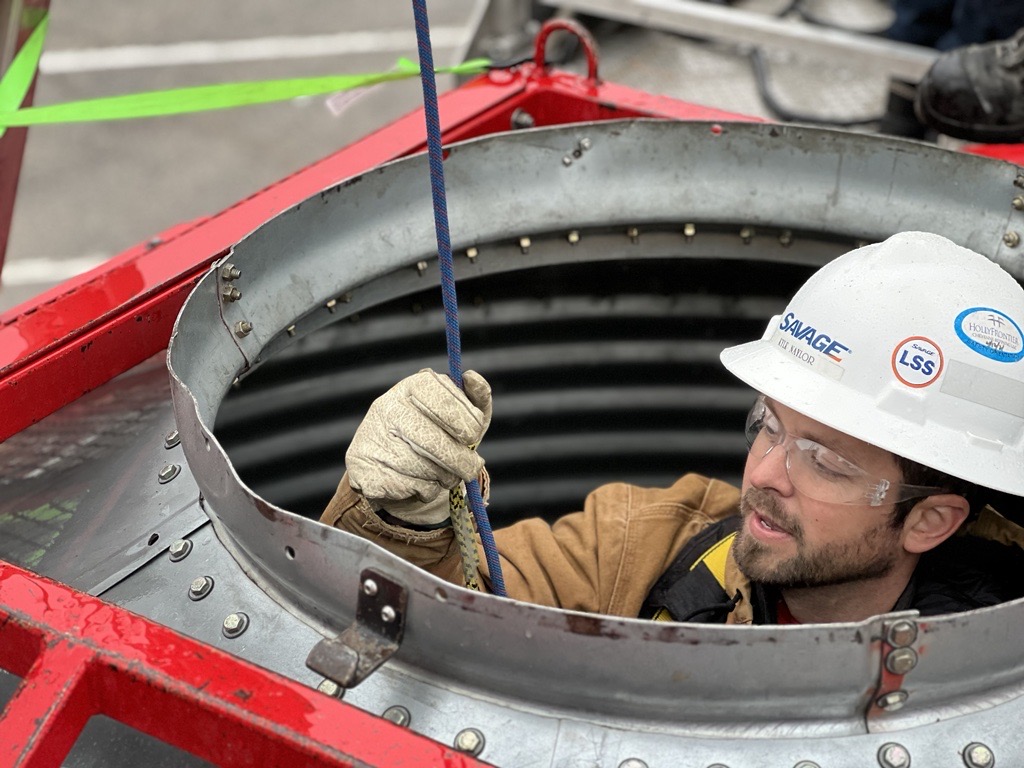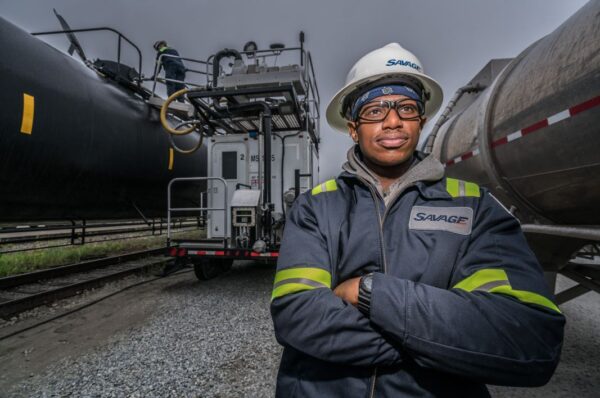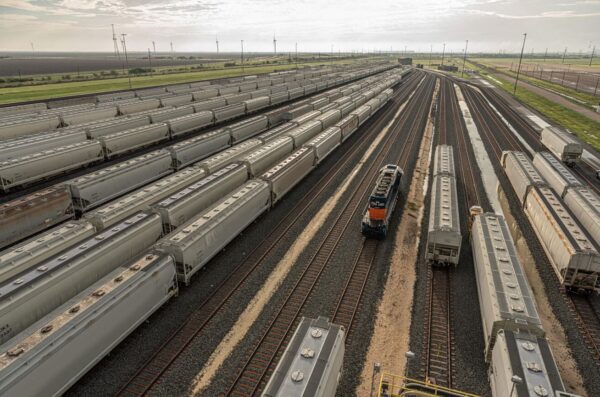
10 Steps to Safely Use Personnel Lifts
America is home to many expansive cities where close-knit buildings make for narrow alleyways and impressive skylines, but chat with a native Chicagoan on October 11, 1871 – the day after the Great Fire – and you might not get a lot of bright-eyed optimism about the future of American industrialism and architecture.
How the fire started is anyone’s guess; what is better understood is the destruction it caused: hundreds of lives were lost, tens-of-thousands were left homeless, and multiple square miles were lain to waste. Though tragic, the fire’s connection to modern building practices – and the need for tools like belt manlifts, super-sized cranes, and construction hoists – may not be obvious. In reality, it’s thanks to the Great Chicago Fire that any of our buildings exceed five floors today.
Taller Construction Hoists and Other Innovations
Rebuilding Chicago brought opportunity for many advancements in industry and design. Fireproof construction took on a higher priority, as did the desire to renew the city’s reputation on the world’s stage – buildings would need to be taller than ever, and more interestingly designed, which led to the invention of the skyscraper.
As construction became more complex, the tools used on the site needed to be more advanced. A number of different construction hoists were developed in order to raise people and materials to ever-higher platforms as the skyscraper was being built. Some of these include:
- Elevator hoists
- Scissor lifts
- Belt manlifts
- Cherry pickers
Each piece of equipment requires expertise and a steady hand to operate it. Let’s explore the type of steps one needs to take, and the mindset they need to have, in order to safely use personnel lifts.
10 Steps to Using Belt Manlifts, Scissor Lifts, and Other Construction Hoists
No matter the type of structure you’re building – residential, commercial, or industrial construction – safety is the first priority.
Here are 10 important steps that will help you safely use personnel lifts and give you a finished product that you (and your city) can admire.
1. Apply barricading
Ensure that the site where Team Members and cargo is lifted is a controlled environment. Barricading helps to lock down the area from trespassers, animals, and windblown debris so they don’t enter your work area.
2. Verify ground stability
An outdoor construction site can come with a few safety hazards to construction hoists, due to sand- or dirt-like foundations. This type of ground is susceptible to grade issues like sloping or unevenness, so verify ground stability before beginning any lifting.
3. Use spotters to reposition equipment
A spotter on the ground will have an easier time seeing the whole picture of the site, including hazards and positioning errors. Each time hoists, such as cranes or belt manlifts, are used, have a spotter survey from the ground nearby.
4. Set the brakes
Engage the brakes at all times when a Team Member is on a lift. Wheel chocks are also beneficial.
5. Use stabilizers
Many crane trucks and other lifting equipment come with outriggers to keep your equipment stable. Outriggers extend outward and make contact with the ground several feet away from the equipment. They add stability to the vehicle as it maneuvers loads high above and from side-to-side.
6. Don’t exceed load limits
One of the most important ways to ensure that Team Members will safely use personnel lifts is to adhere to the load limit of the equipment. On one hand, this protects those on or below the construction hoist. On the other hand, it also keeps the machine itself from breaking.
7. Use fall protection devices
Devices that protect us from falling can save lives, so it’s important to ensure you’re using them — and correctly. OSHA has written a lot on the subject.
8. Service your equipment regularly
Many safety protocols on our part can be overridden if the machinery we’re using breaks down, so be sure to follow the proper maintenance rotation for all your equipment.
9. Avoid adverse weather conditions
Wind, rain, and snow pose a significant threat to construction teams who wish to safely use personnel lifts. And while stability can be compromised by the wind, snow also adds a lot of weight to an already heavy load.
10. Train and qualify your personnel
The best type of accident prevention is consistent training. At Savage, this means daily safety stand-ups and ongoing training about particular hazards they may encounter on the site.
Safely Use Personnel Lifts
History has proven that when we safely use personnel lifts and construction hoists, accounting for any hazards we may come across, we can build incredible things. The Great Chicago Fire showed just how easily things can go from stable to chaotic, but the eventual rebuild proved we can bounce back to even greater heights if we are diligent, driven, and innovative.



